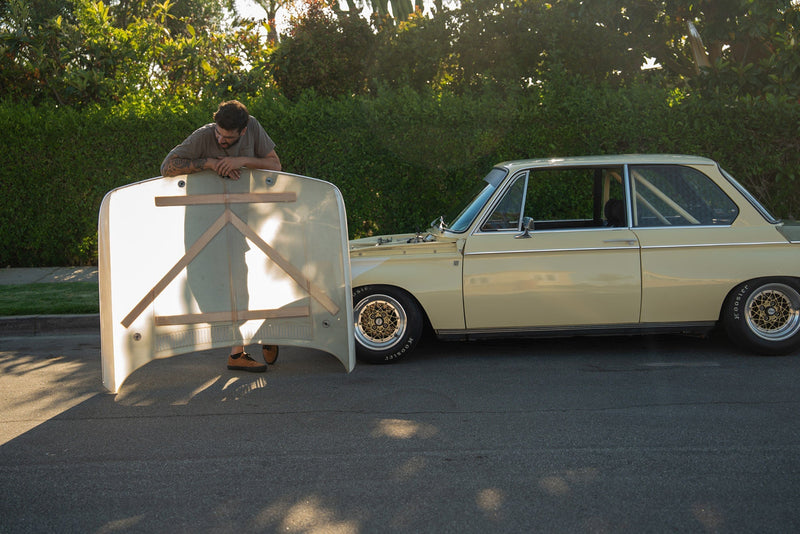F1 boss Chase Carey, F1 motorsport managing director Ross Brawn and FIA head of single-seaters Nikolas Tombazis, along with FIA president Jean Todt who took part via video link, presented the regulations, which have also received unanimous approval from the FIA’s World Motor Sport Council. Todt called it "a very special day for our sport".
As anticipated, there are to be major changes in the design of F1 cars in order to allow them to follow each other more closely, less disturbed by the turbulence or ‘dirty air’ of the car ahead, therefore letting cars race more effectively. This is being done via greater use of ground effects—in other words, aerodynamic grip coming from the car’s underside.






Former Ferrari chief designer Tombazis said that while currently an F1 car following within one car length of another retains only 55% of its downforce, in 2021 that will increase to 86%, while at three car lengths the respective figures are 68% and 94%. It is estimated also that the new cars will be around three seconds a lap slower than currently, around the speed of F1 cars in 2016, due to lower downforce and increased weight.
Another modern-day F1 bugbear that the new regulations seek to tackle is the gap between F1’s have and have-nots—particularly with the ‘Class A’ of Mercedes, Ferrari and Red Bull being way ahead of the rest. Only those three teams indeed have won an F1 race since the opening round of the 2013 season.
F1 intends to achieve this more level playing field by, for the first time in its history, introducing a cost cap. This cap will set a spending limit for teams at $175 million, assuming a 21-race season. Brawn promised also that the enforcement of the cap will have "teeth". A range of penalties available to punish breaches of it include deduction of points, testing restrictions, all the way up to exclusion from the championship.






Another part of the 2021 approach is, as a cost-saving measure, reducing F1 weekends from four days down to three. Scrutineering will take place on a Friday morning rather than a Thursday, and as a further cost-saving measure there will be a "reference specification" where various aspects of the bodywork will be frozen at that point of the weekend. Teams also will not be able to change their cars after the start of the final practice session before qualifying. Plans also were outlined to increase the environmental relevance of F1, including increasing the renewable content of fuel.
It has long been believed that the three ‘Class A’ teams oppose the new rules and that Ferrari might even exercise its option to veto them. A statement by the Italian team however stated that: "What has been voted is a good starting point. We'll work together to improve them even further."
Images courtesy ofFormula 1 andOctane Photography




















































